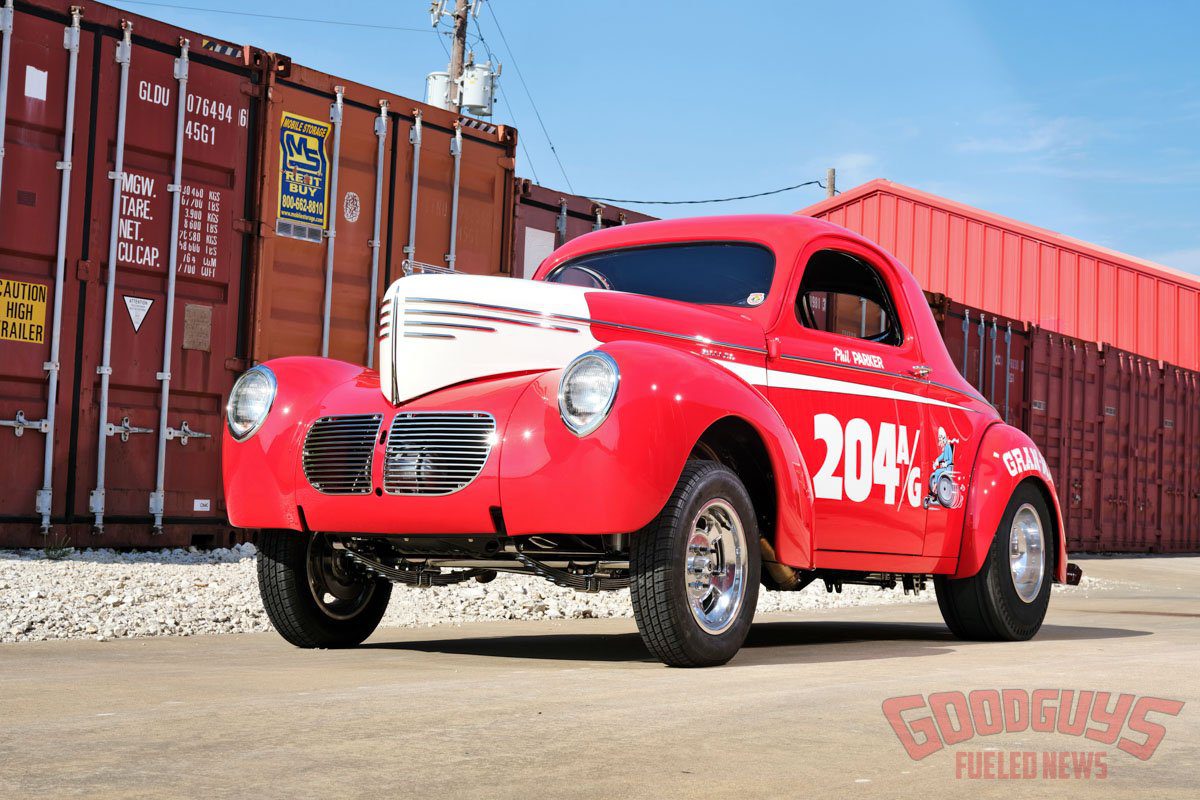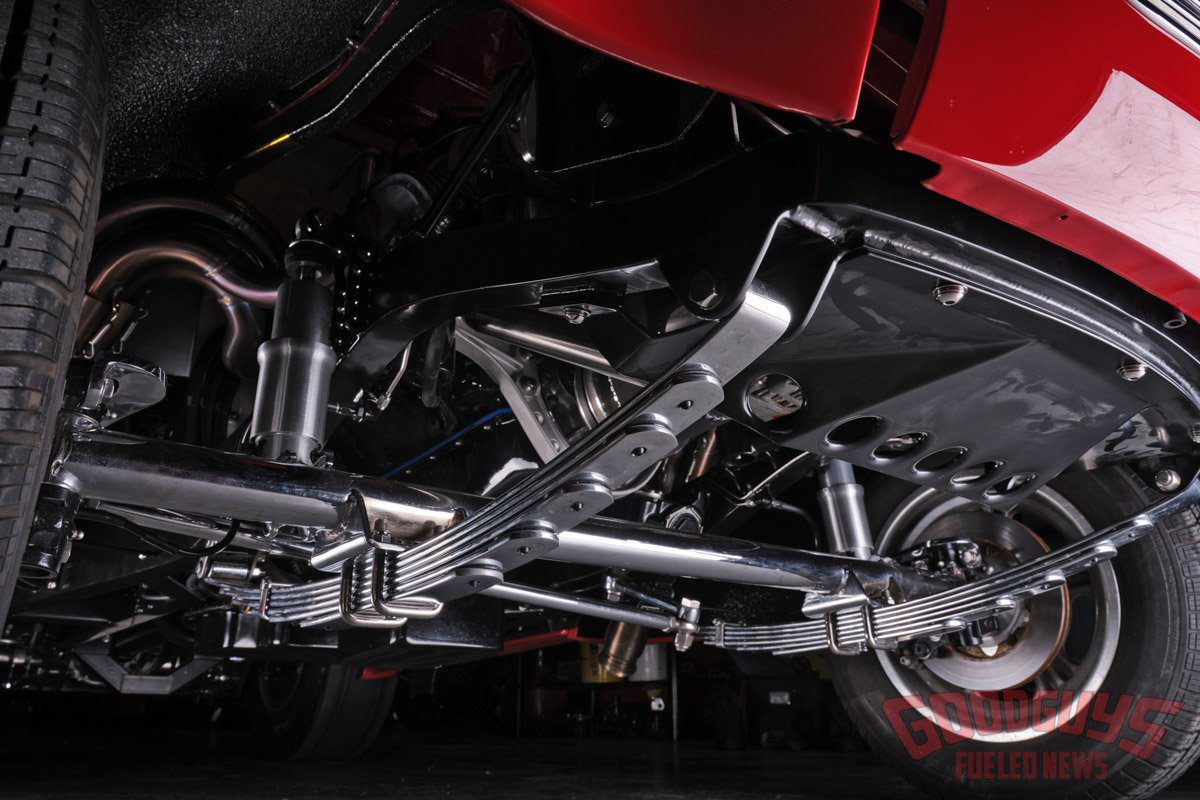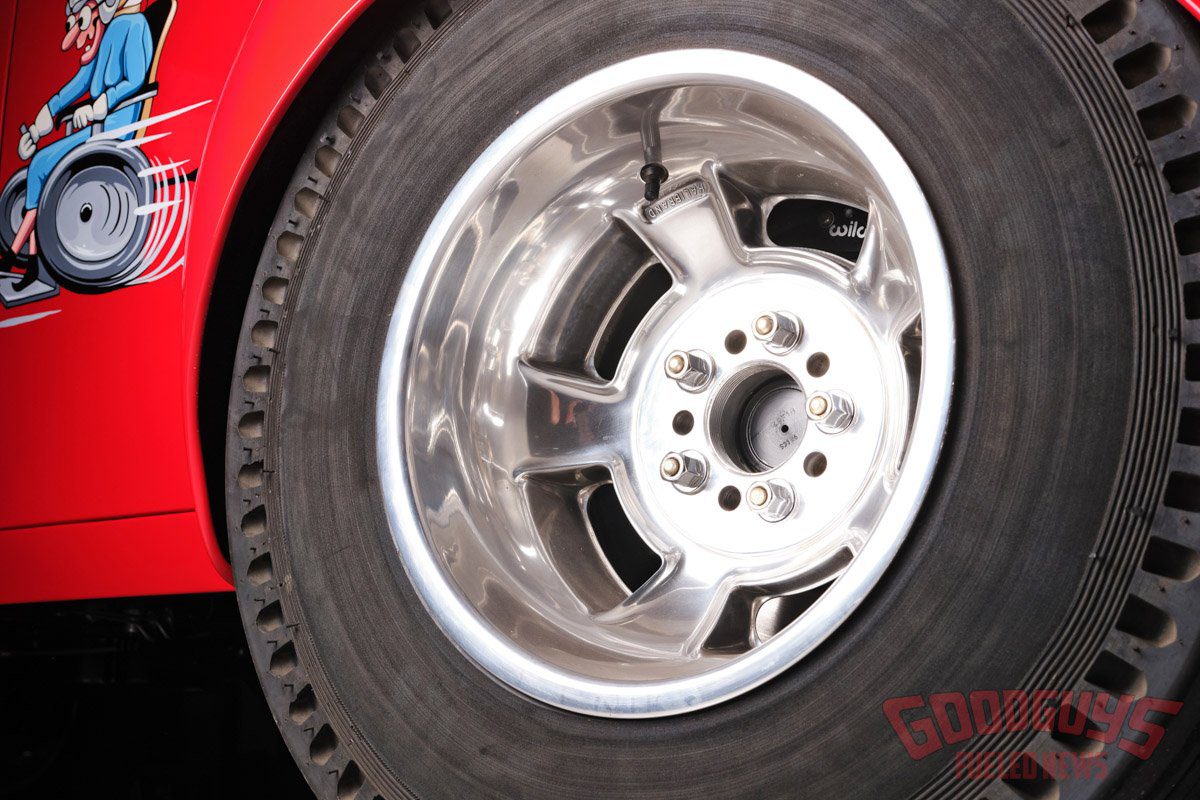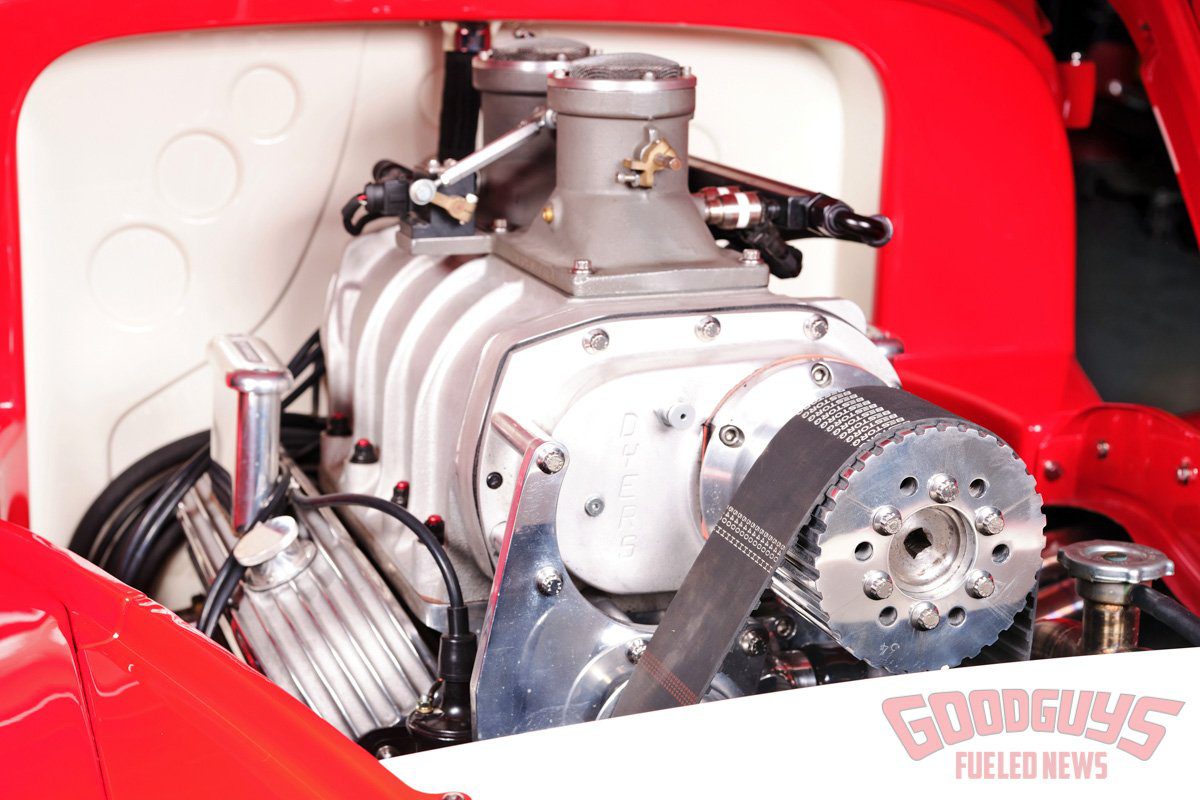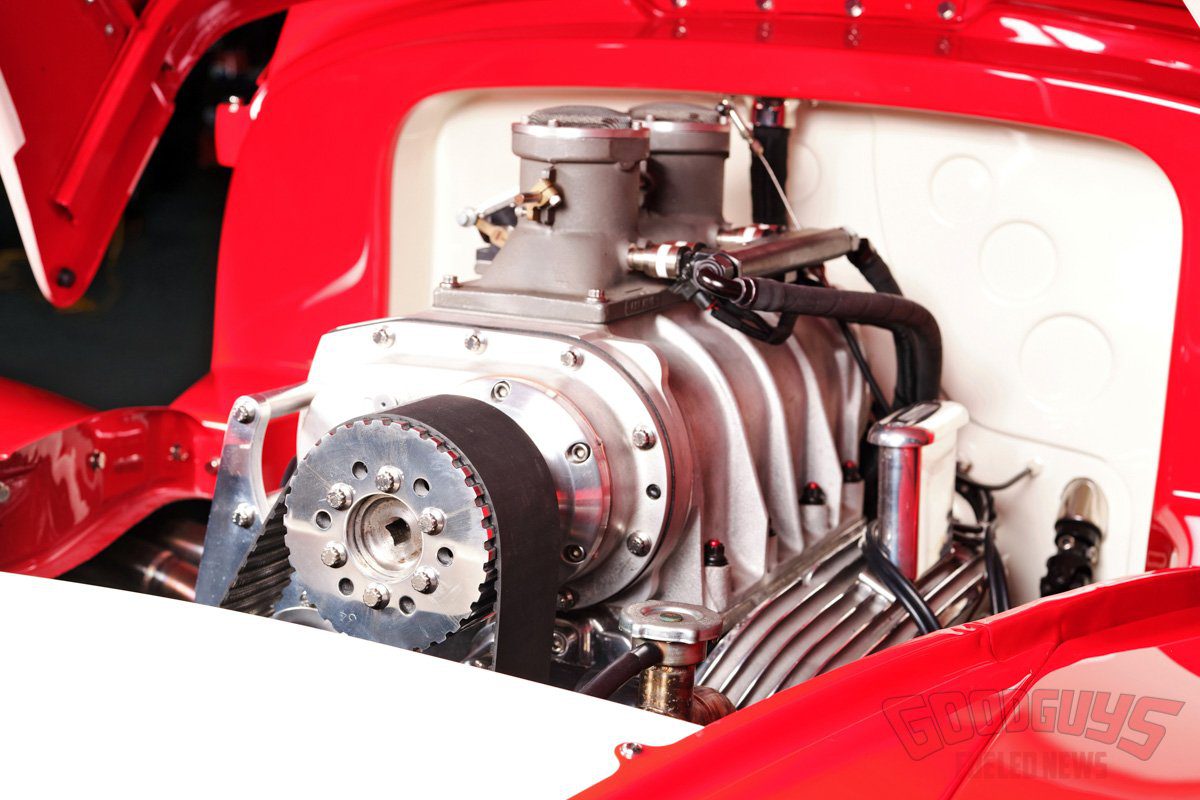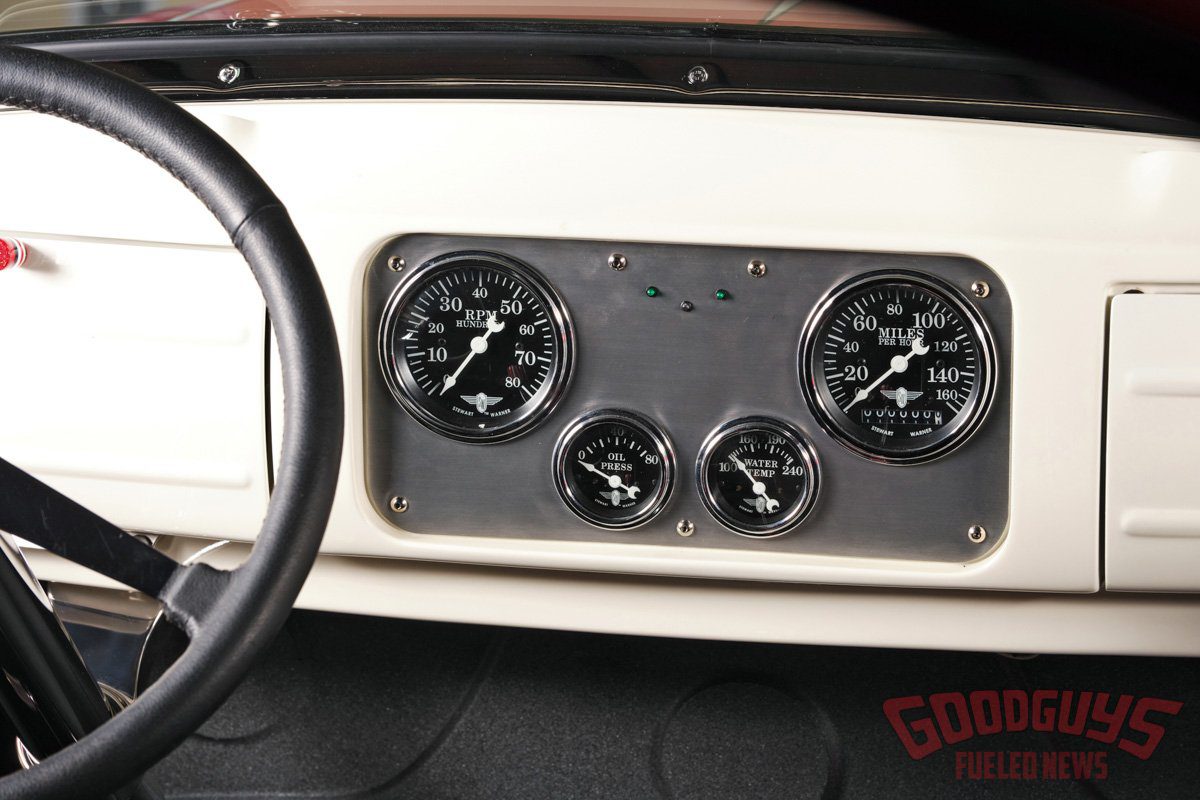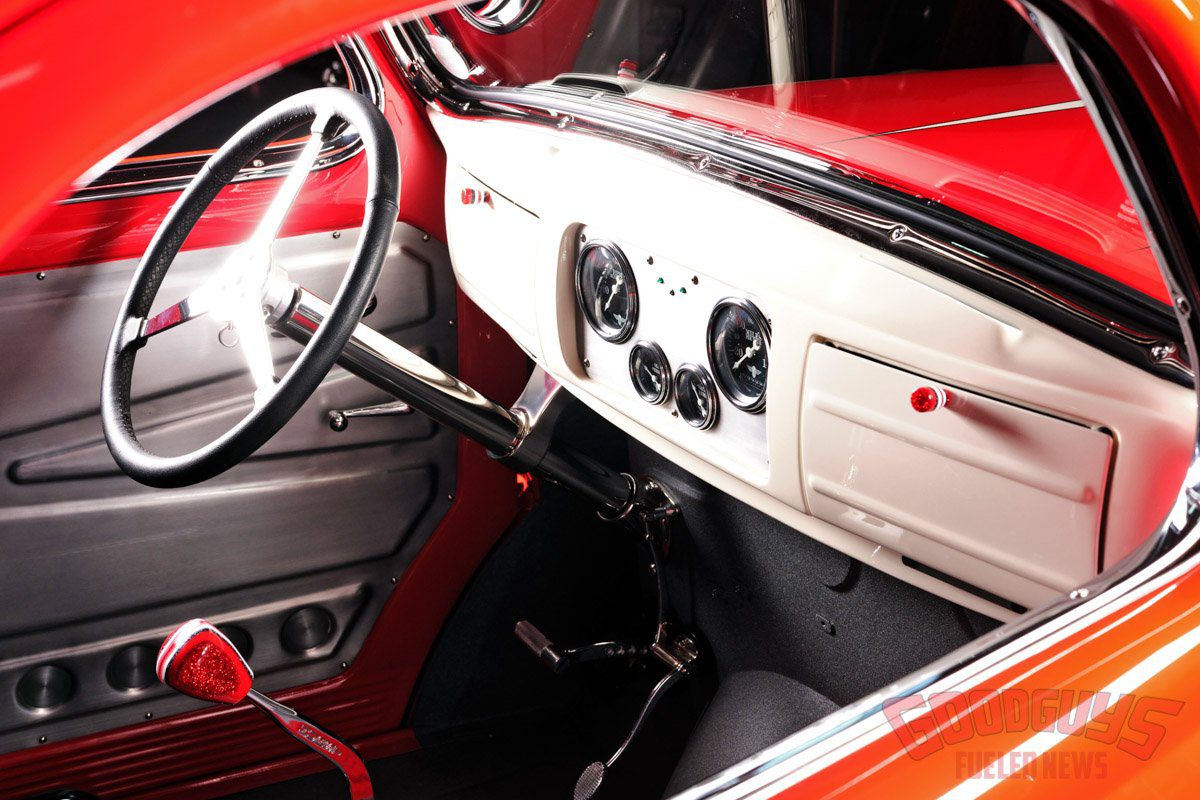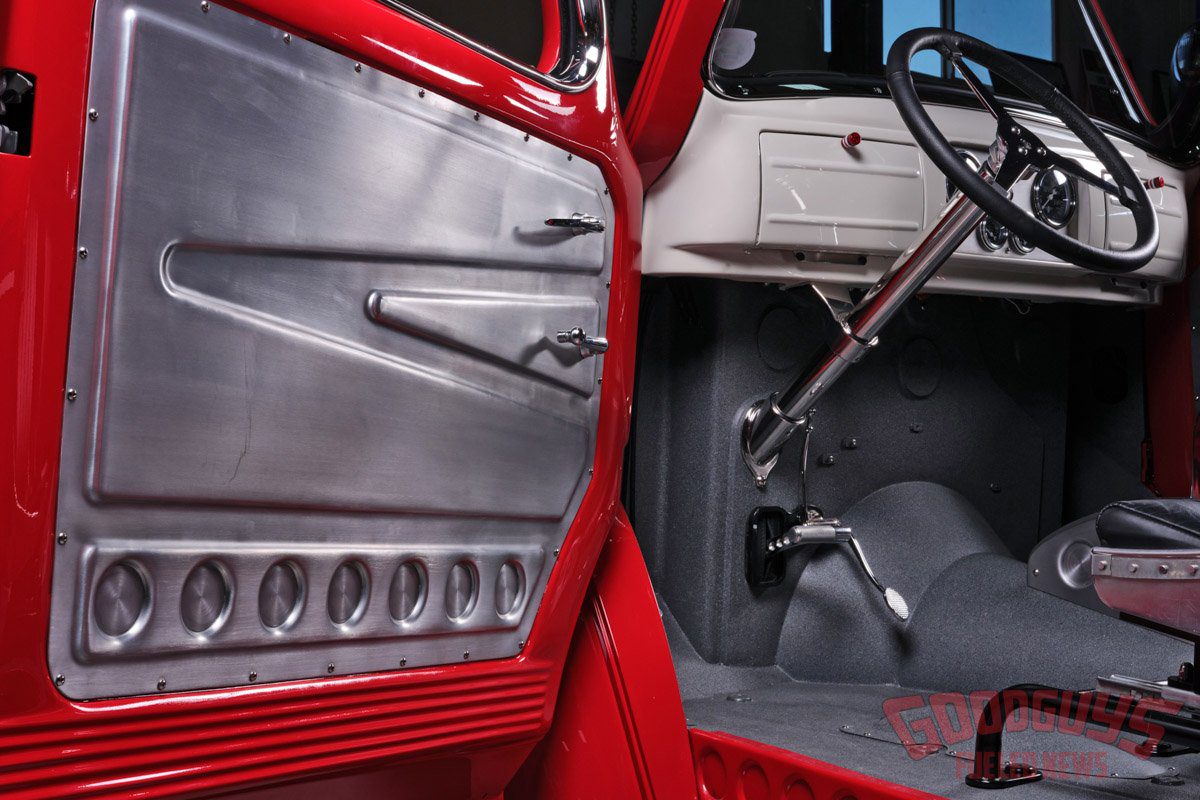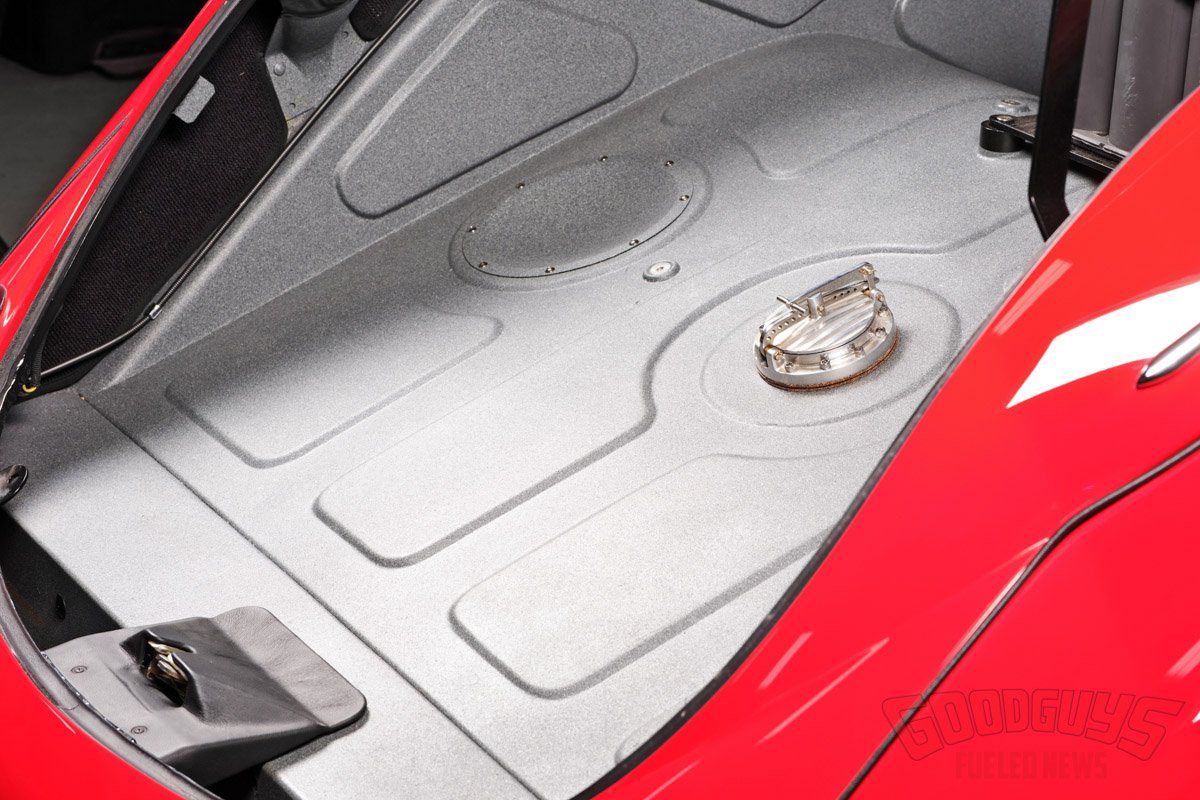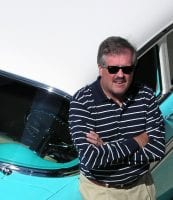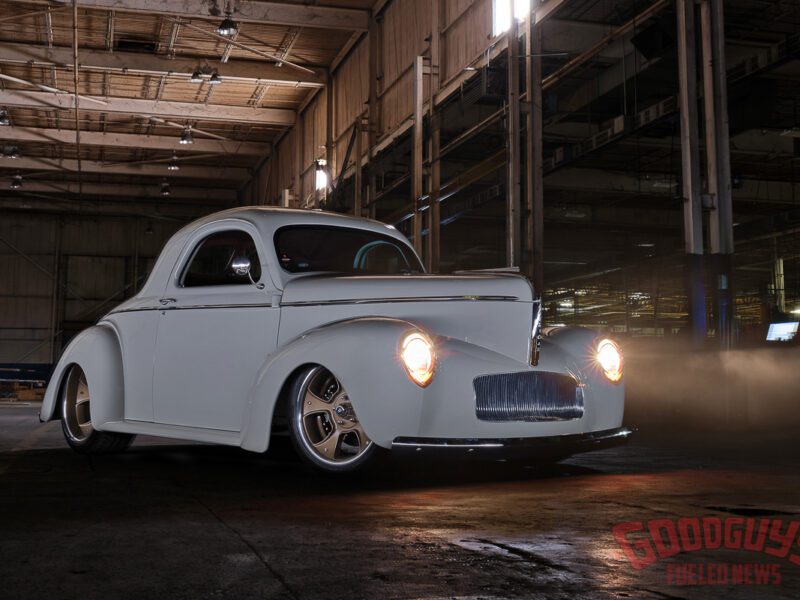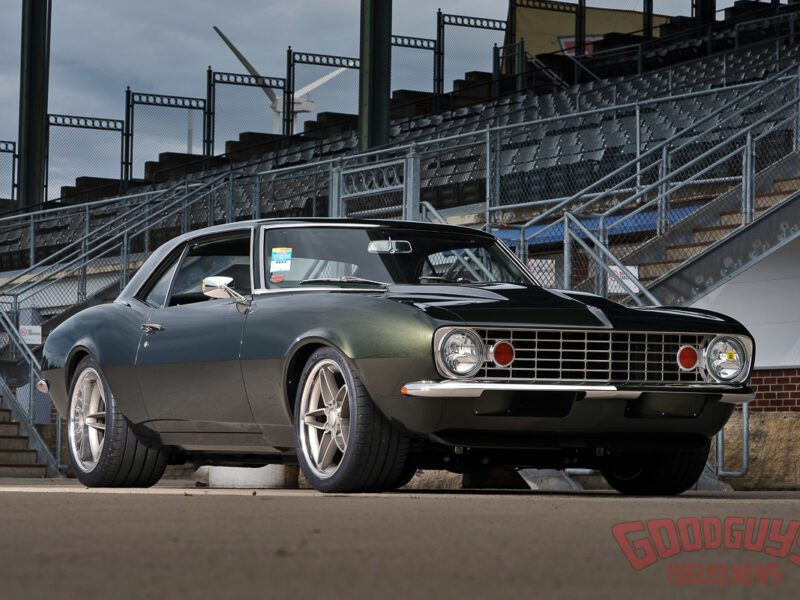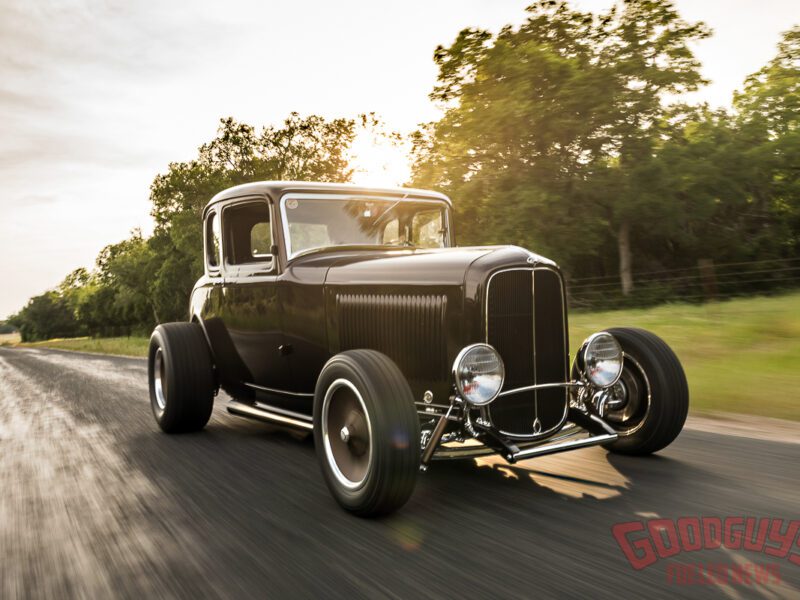“Gran-Ma” – Phil Parker’s Beautifully Restored 1941 Willys
Any fan of vintage drag racing, especially the storied Gasser classes, has probably seen the NHRA-produced video that follows a pair of Southern California drag racers to the 1959 NHRA Nationals in Detroit. Along the way, the SoCal group meets up with racers from Texas and their combined fortunes are documented in “Ingenuity in Action.”
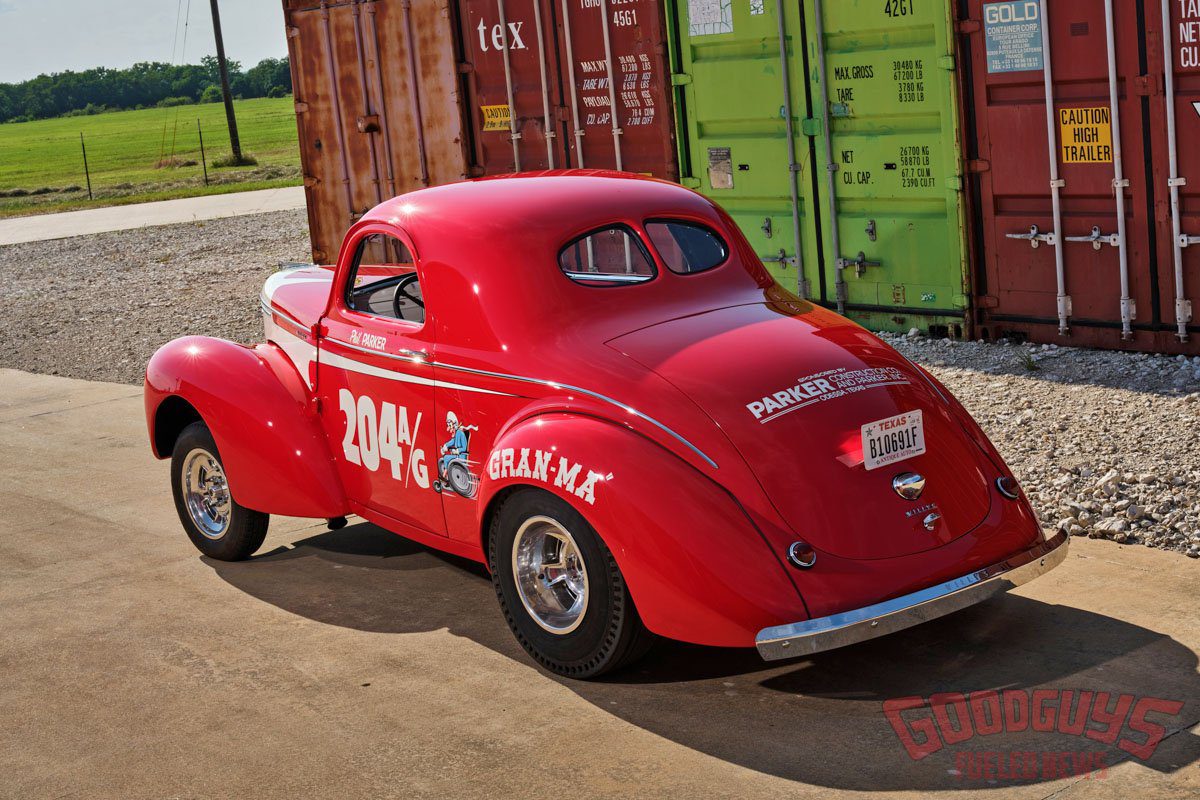
Eventually Phil reacquired the historic racer and, thanks to the team at Customs and Hot Rods of Andice, the reborn Willys and CHRA are finalists for the Chevrolet Performance GM Retro Iron Builder of the Year award.

Restoring a historic race car that’s more than 60 years old is no easy task. Owner and builder have to balance period accuracy with modern techniques when re-creating missing pieces and elements. Back in the day, drag cars went through an evolutionary process, from re-bodying damaged vehicles to upgrading powerplants. Gran-Ma was no exception and the task for CHRA was to recreate the original version.
Michael Kaiser, shop foreman at CHRA, explains how the vintage Willys ended up in the shop known for creating iconic hot rods and customs, including the 2016 Ridler Award winner. “One of my former customers was related to Phil and he knew the quality of our work,” Michael says. “The only things we will restore are former race cars because we’re passionate about that. As long as the client will let us do high-quality work, we’ll take it on.”
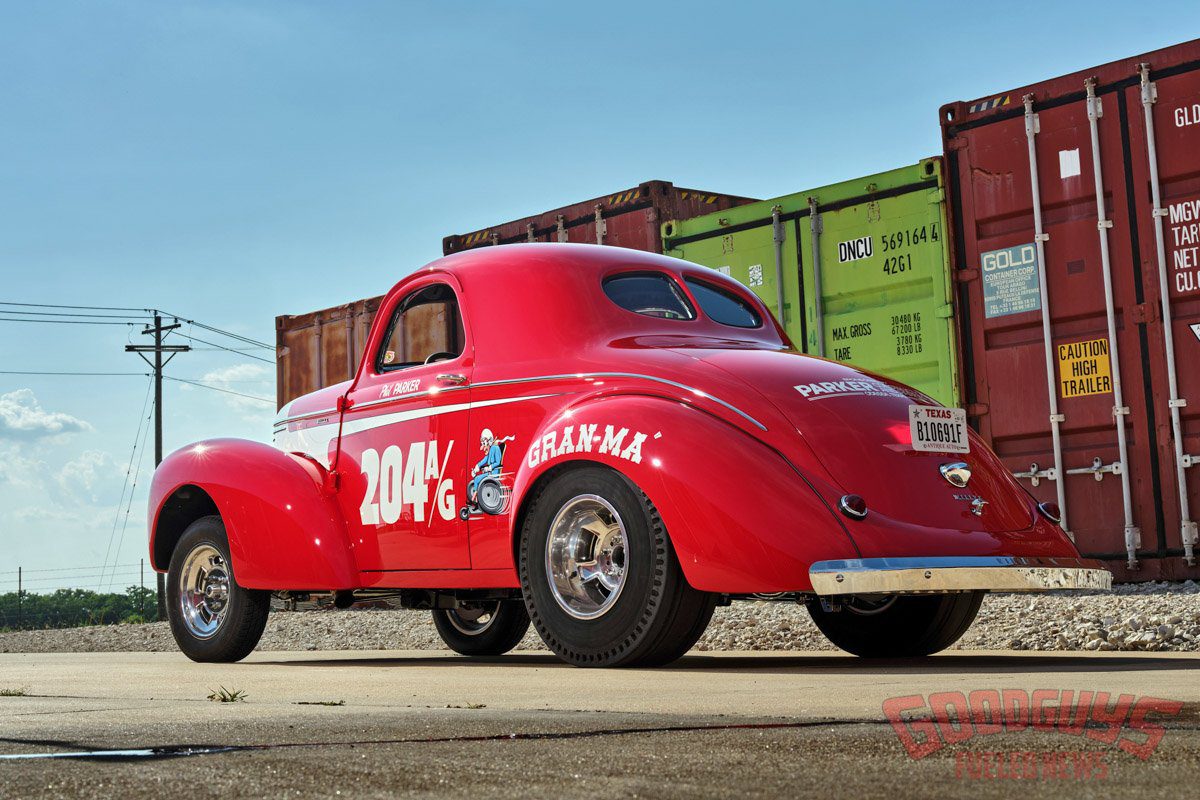
The restored Gran-Ma Willys features a 377c.i., 640-horsepower small block Chevy, topped by a Hilborn injector setup on a vintage Dyer’s blower. A TH400 transmission pushes power to a 9-inch Ford rear supported by a four-link suspension. The front end was returned to proper Gasser height with a chrome-plated tube axle and leaf springs, and Halibrand wheels adorn each corner.
With the exception of the upholstery (handled by JJs Auto Upholstery) all fabrication, wiring, and paint work was handled by CHRA. While the goal was to recreate the original without over-restoring the car, some interior changes were made. The wiring was hidden as much as possible, for example, and the door panels and console were updated a little after consultation with Phil.
“It was an honor (working with Phil),” Michael says. “Having the original owner/driver brought the whole history of hot rodding alive.”
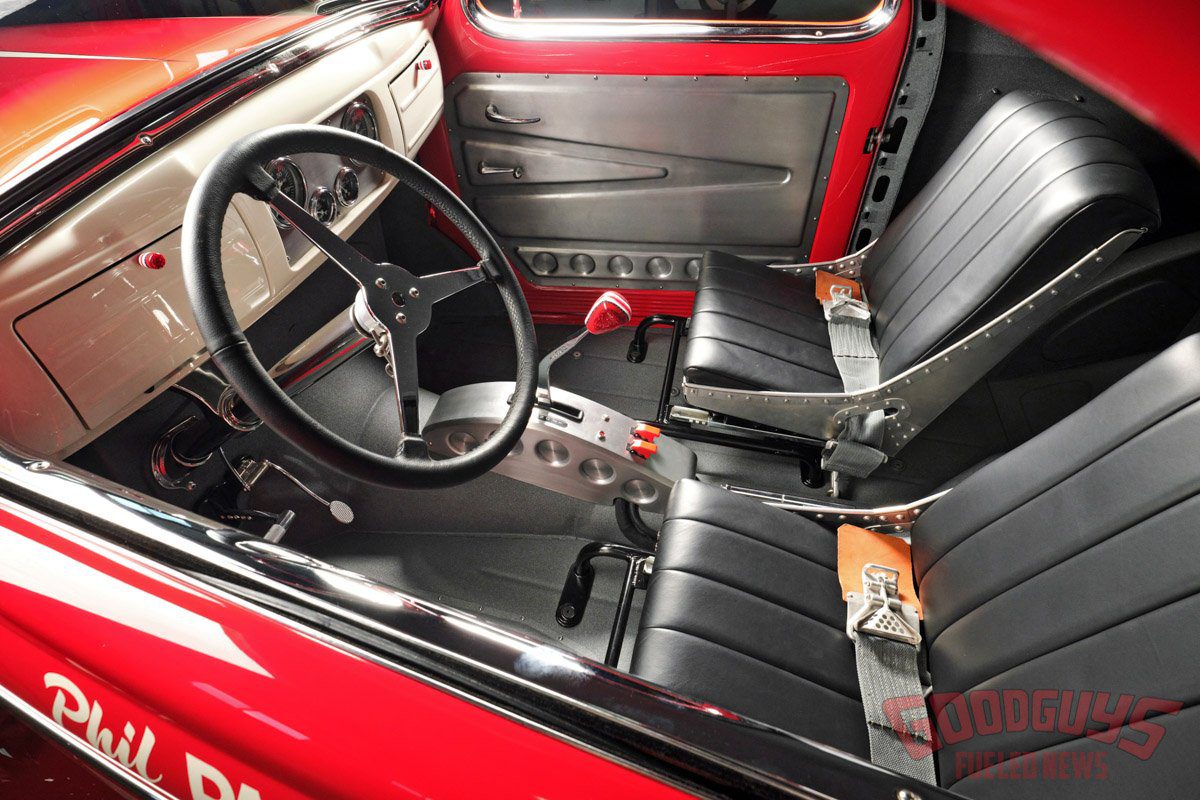
Photos by John Jackson

